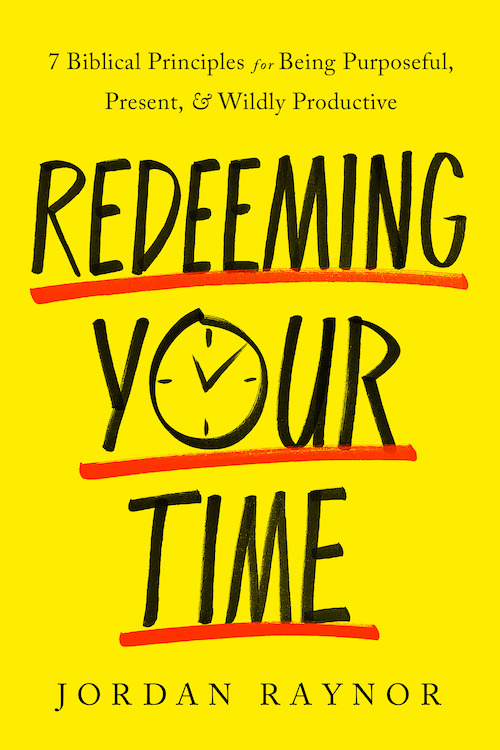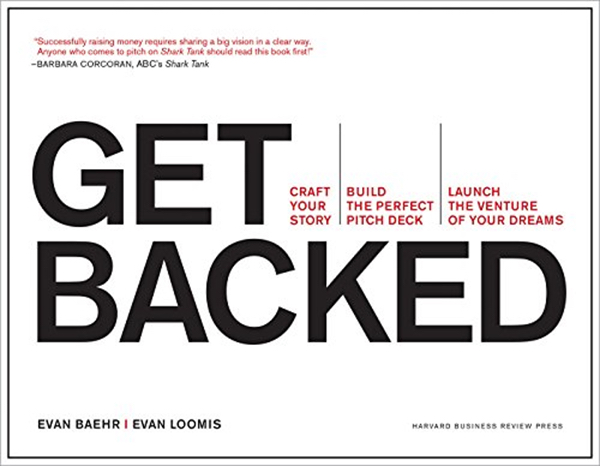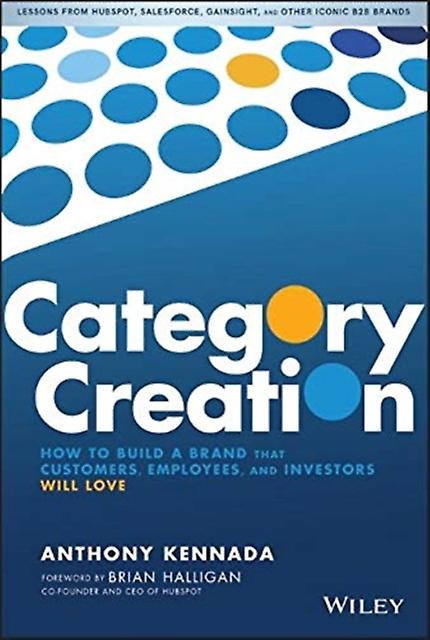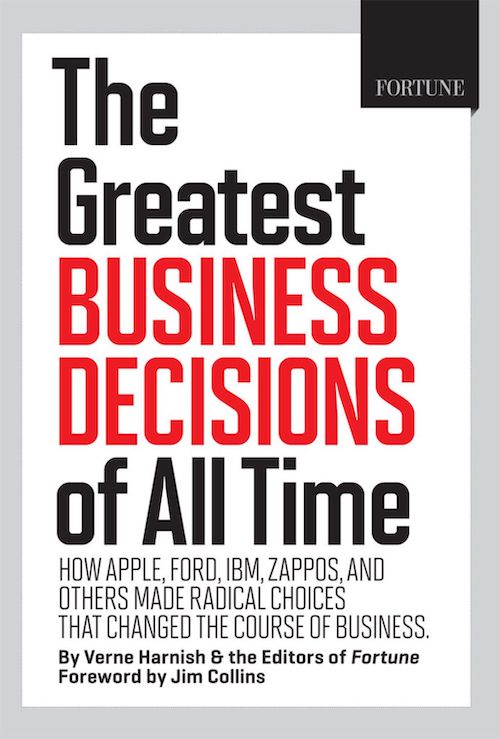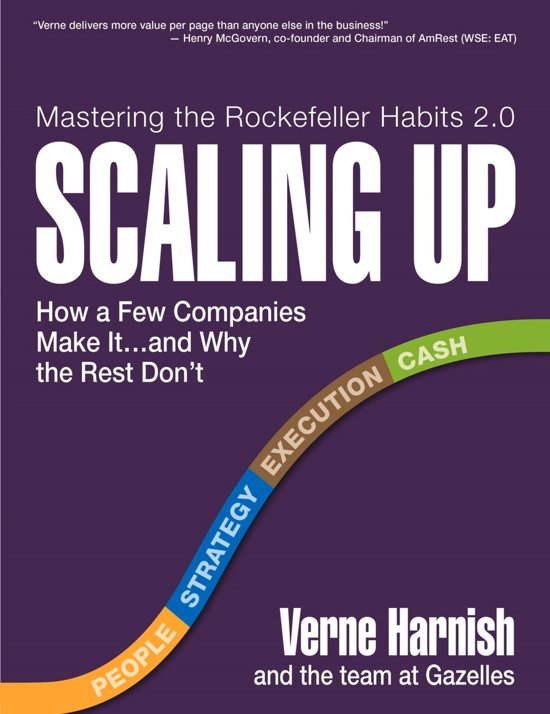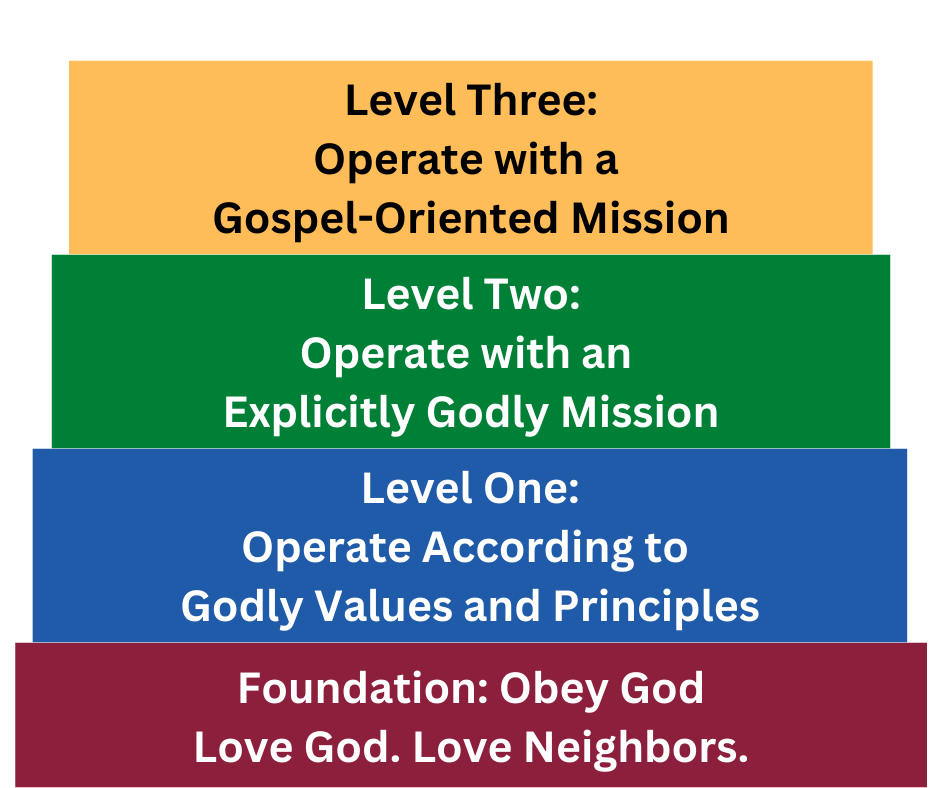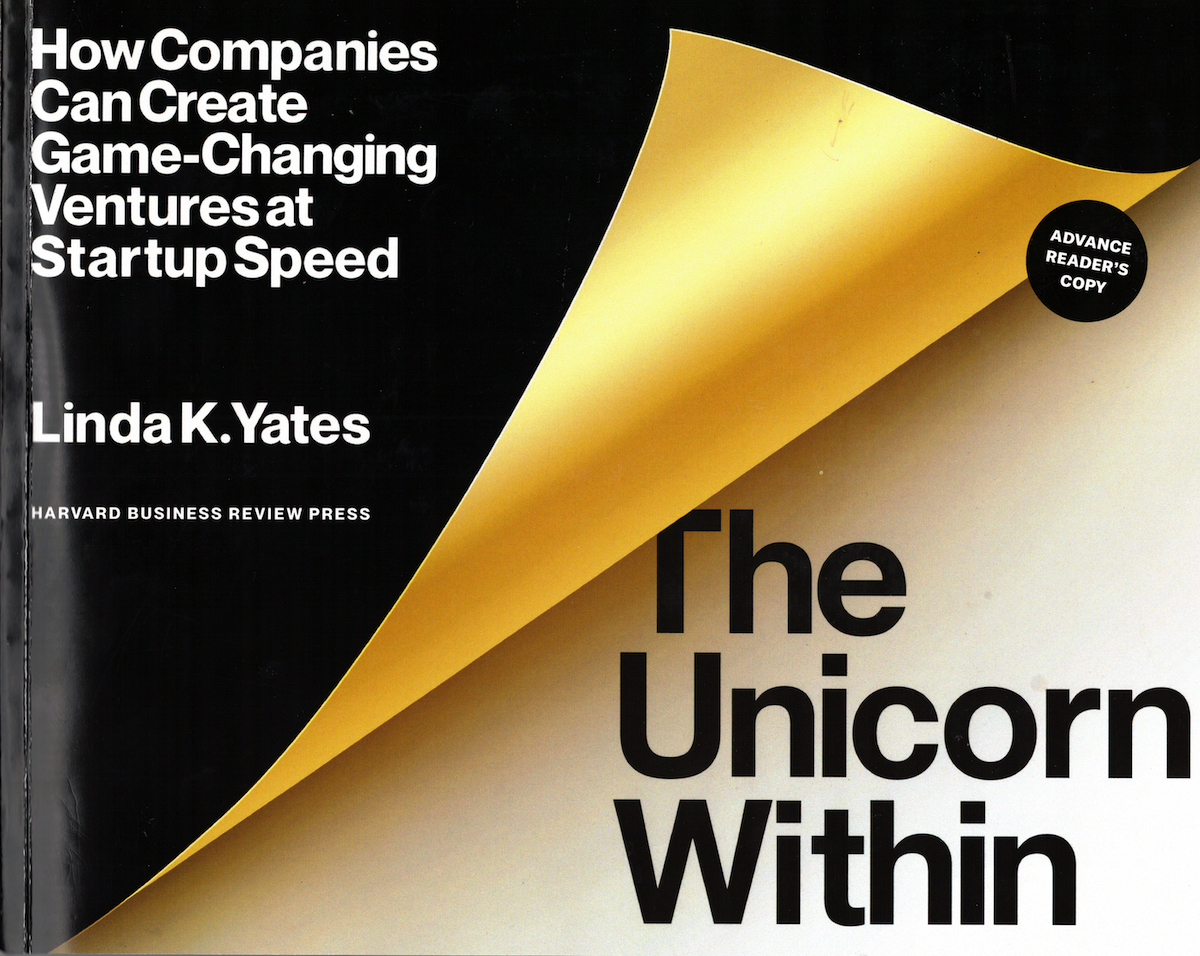Southwest: The Wrong Benchmark
In the summer of 2022, Southwest Airlines cancelled over six thousand flights. At the time, CEO Bob Jordan said “We actually had really good performance”. He said that because he was benchmarking Southwest’s performance against the rest of the airline industry which cancelled over 45,000 flights. Southwest cancelled 1.8% of their flights compared to American Airlines’ 4.6%. But Southwest’s vision is “to be the world’s most loved, most efficient, and most profitable airline.” Leaving hundreds of thousands of passengers stranded doesn’t measure up to that standard.
Jordan and Southwest didn’t take the warning signals of this past summer seriously and this week the airline’s festering problems have led them to cancel more than half their flights each day. Ironically, the problems stem at least partially from the company’s founding desire to stand apart as one that truly cares about its passengers. How did the company get here and what does it need to do now?
Southwest: The Wrong Benchmark Read More »


